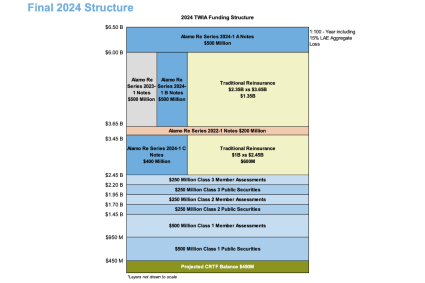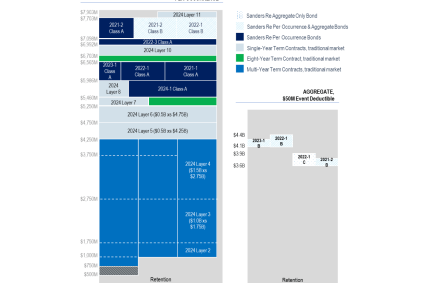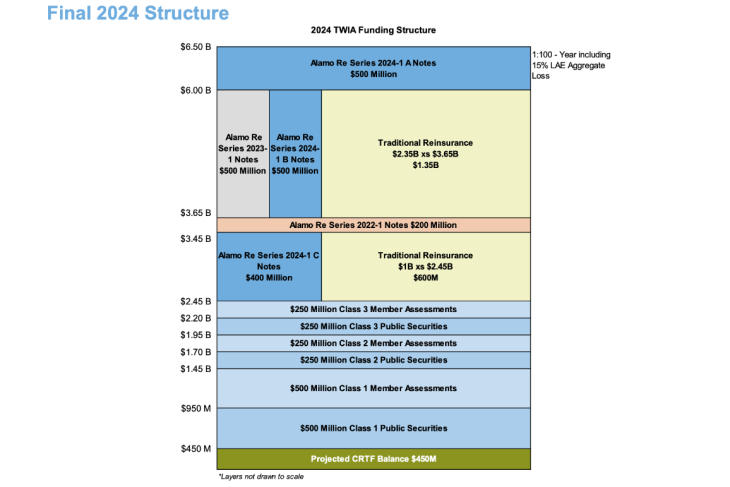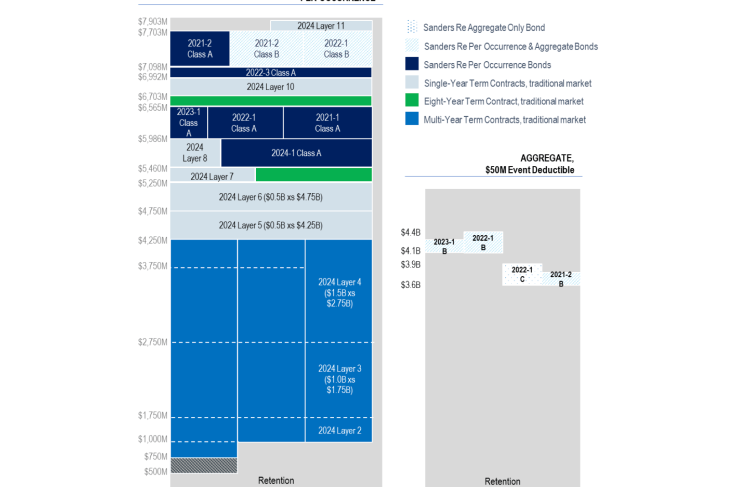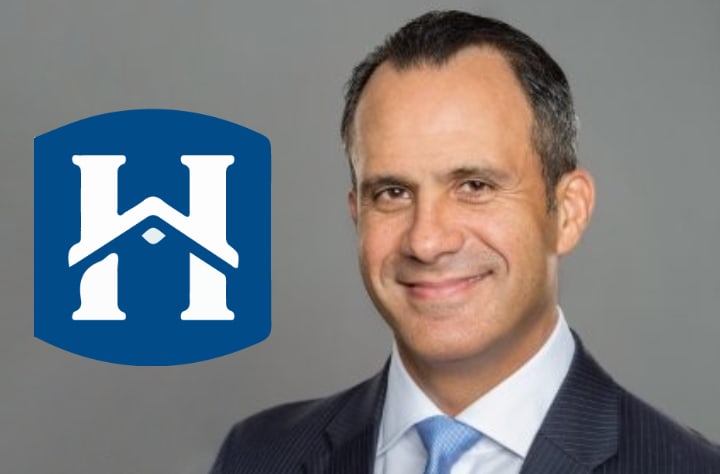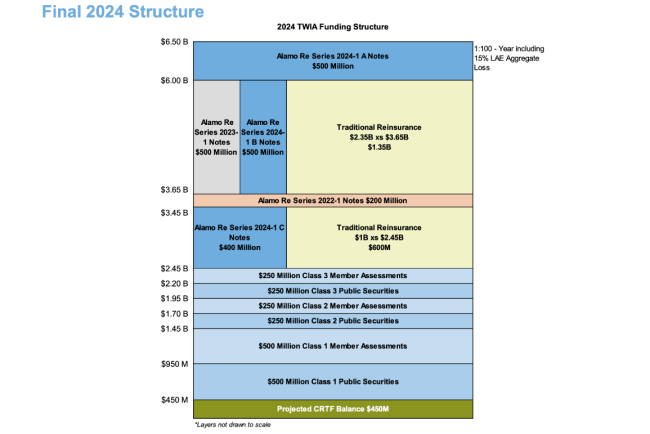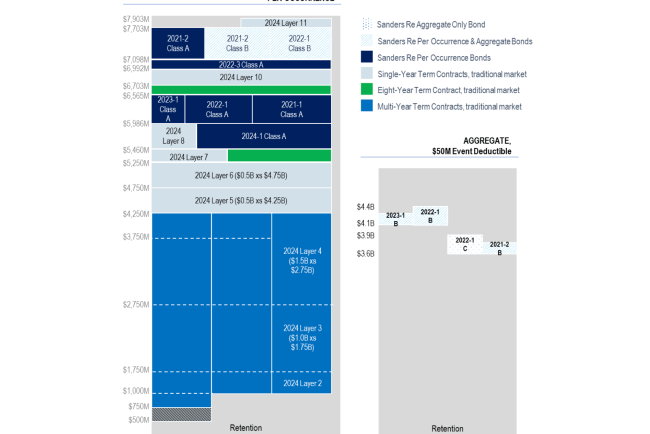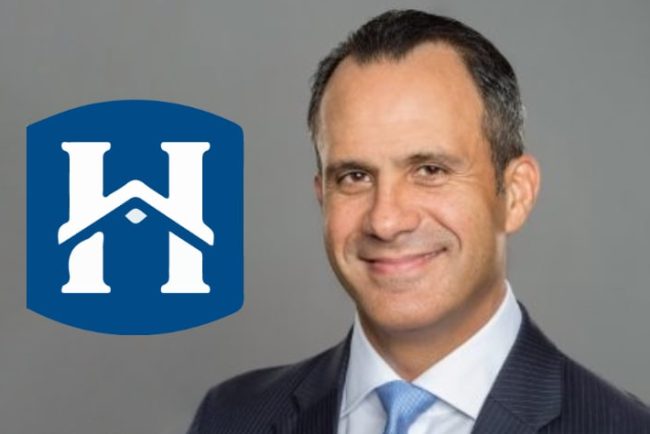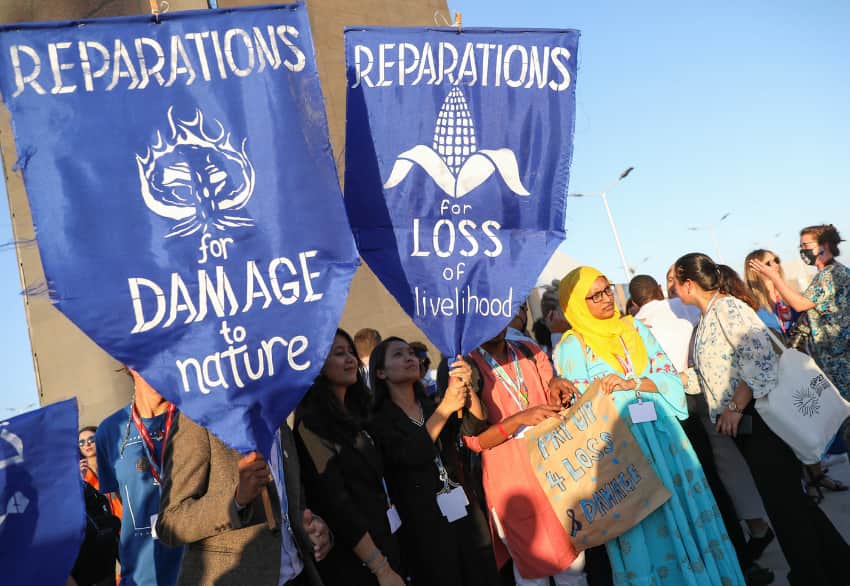
This content is copyright to www.artemis.bm and should not appear anywhere else, or an infringement has occurred.
A new report calls on the world to implement risk sharing systems, such as parametric triggers in insurance, reinsurance and insurance-linked securities (ILS) such as catastrophe bonds, as a central pillar of the Loss and Damage architecture required to protect the most vulnerable nations against climate, weather and natural disasters.
 The report published by lead author Dr Ana Gonzalez Pelaez, Fellow at the University of Cambridge Institute for Sustainability Leadership and prepared with the support of insurance and reinsurance broking group Howden, looks at how risk transfer can be a key component of global loss and damage mechanism design.
The report published by lead author Dr Ana Gonzalez Pelaez, Fellow at the University of Cambridge Institute for Sustainability Leadership and prepared with the support of insurance and reinsurance broking group Howden, looks at how risk transfer can be a key component of global loss and damage mechanism design.
Specifically, the report provides a risk-sharing action plan to scale up the much discussed Loss & Damage (L&D) funding needed for Global South countries, some of the most vulnerable to climate change and disasters.
It found that the smallest and most vulnerable countries are at-risk of losing more than 100% of their GDP from extreme climate shocks next year.
But noted that these are insurable risks and research undertaken claims they will remain insurable, using insurance industry techniques, right up to 2050 at least.
“A solution using the power of insurance and capital markets could dramatically scale up the impact of Loss & Damage funding,” the report suggests.
It suggests utilising donor funding to pay premiums for risk transfer, using whatever instruments are most appropriate across insurance, reinsurance and the capital markets, including catastrophe bonds, and leveraging structuring techniques such as parametric triggers in order to deliver the financing just-in-time.
The aim would be to provide “guaranteed financial protection to exposed communities now, and through to at least 2050” the report explains.
The report estimates that $1 billion of donor-supported annual pure premium could be utilised to protect all 30 of the world’s smallest and most climate vulnerable countries with a population of less than one million from losing more than 10% of their GDP from climate shocks, through an umbrella stop-loss mechanism design.
By making risk sharing, insurance, reinsurance and instruments such as catastrophe bonds, a central pillar of the Loss & Damage initiative, the reports authors say the economies of the most vulnerable countries can be protected.
The report shows that risk sharing systems, such as insurance and capital market risk transfer, can be an efficient way to leverage the depth of expertise and financing available in private markets.
By putting some of the donor funding that could be put towards Loss & Damage to pay premiums, long-term risk transfer can be locked in to protect economies of those regions most vulnerable or climate, weather and natural disasters.
The research found that donor-supported annual pure premium of $10 million per country could equal roughly $25 billion of financial protection, contractually guaranteed, across 100 countries.
This is important work, as it takes a quantitative approach to demonstrating how funding can be made to go further, while risks shared, by utilising concepts from insurance and insurance-linked securities (ILS) markets, to mobilise significant private capital to support the most vulnerable countries in the world.
As we’ve stated before, responsive risk transfer and efficient capital markets can come together to provide the kind of protection vulnerable nations need, while also ensuring that donor funding is put to work in a manner that can offer real liquidity just when it is needed most.
As we have been saying for more than a decade, insurance-like structures should be dovetailed into these efforts to finance climate and disaster risks, such as the loss and damage initiative, to ensure there is access to capital for climate change disaster response, recovery and rebuilding.”
Finally there is a piece of work that can help to demonstrate the utility of this approach, which should help in gaining more traction for this idea in development circles as COP28 fast approaches.
The briefing paper on this important study can be accessed here.
Dr Ana Gonzalez Pelaez, Fellow, University of Cambridge Institute for Sustainability Leadership and lead author, explained, “We have demonstrated how public-private finance can be combined to protect billions of people, now and in the decades ahead. We are calling on the international community to make risk-sharing systems a pillar of the Loss and Damage architecture for all countries and introduce umbrella stop-loss mechanisms to protect the economies of the world’s smallest and most climate-vulnerable countries.
“The Action Plan presented in this study is ready and can be implemented using existing institutions to provide vulnerable countries with guaranteed payouts from the risk capital markets after a disaster. These funds could be used for critical priorities such as humanitarian assistance; rebuilding schools, hospitals and vital infrastructure; sovereign debt repayments; restoration of agriculture and ecosystems.”
Howden undertook actuarial and financial modelling analysis to establish the technical cost of reducing financial risks through the use of parametric solutions to implement the so-called umbrella stop loss concept and the $10 million standard pure premium allowance.
Umbrella Stop-Loss Protection is already a well-established concept in the global insurance and reinsurance industry.
It means that all defined losses above a given threshold are protected against, providing an overarching and strategic protection beyond lower-level losses.
This study saw the umbrella stop-loss structure applied for the first time to protect national economies at scale, using GDP as a reference and across six climate hazards.
The research notes that thresholds for attachment can be set at any chosen level, but in their analysis the authors opted for 10% because it can provide significant protection to small, vulnerable countries at risk of losing over 100% of GDP while still remaining affordable to donors.
Rowan Douglas CBE, CEO Climate Risk and Resilience, Howden, and Chair, Operating Committee, Insurance Development Forum, added, “The pure maths and dispassionate economics in this analysis are clear. Risk sharing systems empower hard won Loss and Damage funds to provide structural financial security to the widest range of vulnerable countries. We can mobilise existing expertise, institutions and partnerships to put this essential protection in place quickly. With this groundbreaking research by CISL, world leaders are guided by an Action Plan based on a bedrock of open science, rigorous analysis, shared alignment and collective purpose.”
Dr Mahmoud Mohieldin, UN Climate Change High-Level Champion, also said, “This innovative initiative has the potential to protect vulnerable countries from climate- related losses with pre-arranged financing at a large scale, unlocking the risk capital markets to multiply the impact of donor funds. Mobilising private finance alongside the new loss and damage fund is crucial in addressing these impacts, and more such initiatives are needed.”
Dr Youssef Nassef, Head of Adaptation, United Nations Framework Convention on Climate Change also commented, “Umbrella Stop-Loss provides a practical concept to the L&D common stance that it is an international responsibility that countries and individuals should not suffer, due to climate change, above a certain limit.”
Co-author Dr James Daniell, Natural Hazards Engineer, Risklayer GmbH; Centre for Disaster Management and Risk Reduction Technology (CEDIM) at Karlsruhe Institute of Technology and the University of Adelaide, further explained, “We have produced plausible, mid-range, estimates of climate risk for these countries using leading data sources and robust methodologies. This analysis frames Loss and Damage implementation within objective physical and economic realities, essential for effective outcomes. This pioneering research also opens up a vast global community of academic and professional expertise that stands ready to build on this work and support the urgent mission of bringing Loss & Damage protection to vulnerable countries worldwide.”
Risk-sharing systems must be a pillar of Loss and Damage architecture: Report was published by: www.Artemis.bm
Our catastrophe bond deal directory
Sign up for our free weekly email newsletter here.
